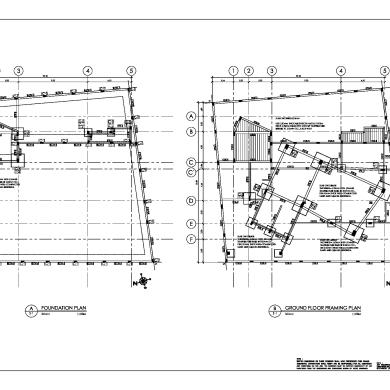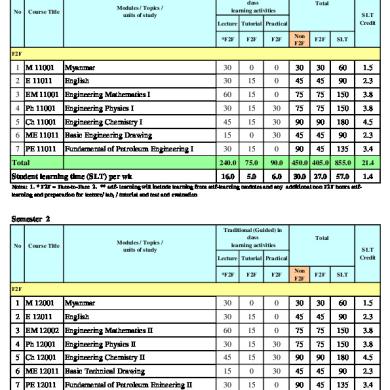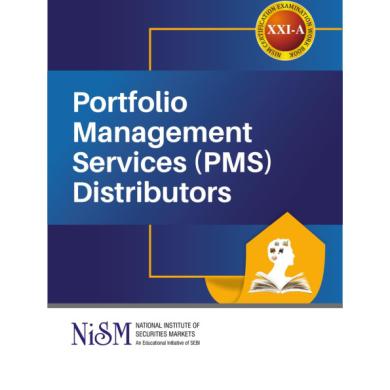
Cibersecurity for Industry 4.0
- Uploaded by: Alfredo Heredia Aranda
- Size: 4.4 MB
- Type: PDF
- Words: 93,611
- Pages: 273

* The preview only shows a few pages of manuals at random. You can get the complete content by filling out the form below.

Satadeep Datta - 6 MB

Diego Villela - 79.9 KB

Marian Soliva - 412.2 KB

Ma'am Mharjz Dela Rosa - 198.5 KB

Benjie Baun - 757.5 KB

Muhamad alfien - 773.8 KB

Vali Damian - 377.2 KB

kyaw nyi - 120 KB

sarthak garg - 5.5 MB

SHAINA AGRAO - 68.1 KB

Noel - 1 MB

Purva Sapan Ahlawat - 270.8 KB
© 2025 VDOCS.RO. Our members: VDOCS.TIPS [GLOBAL] | VDOCS.CZ [CZ] | VDOCS.MX [ES] | VDOCS.PL [PL] | VDOCS.RO [RO]